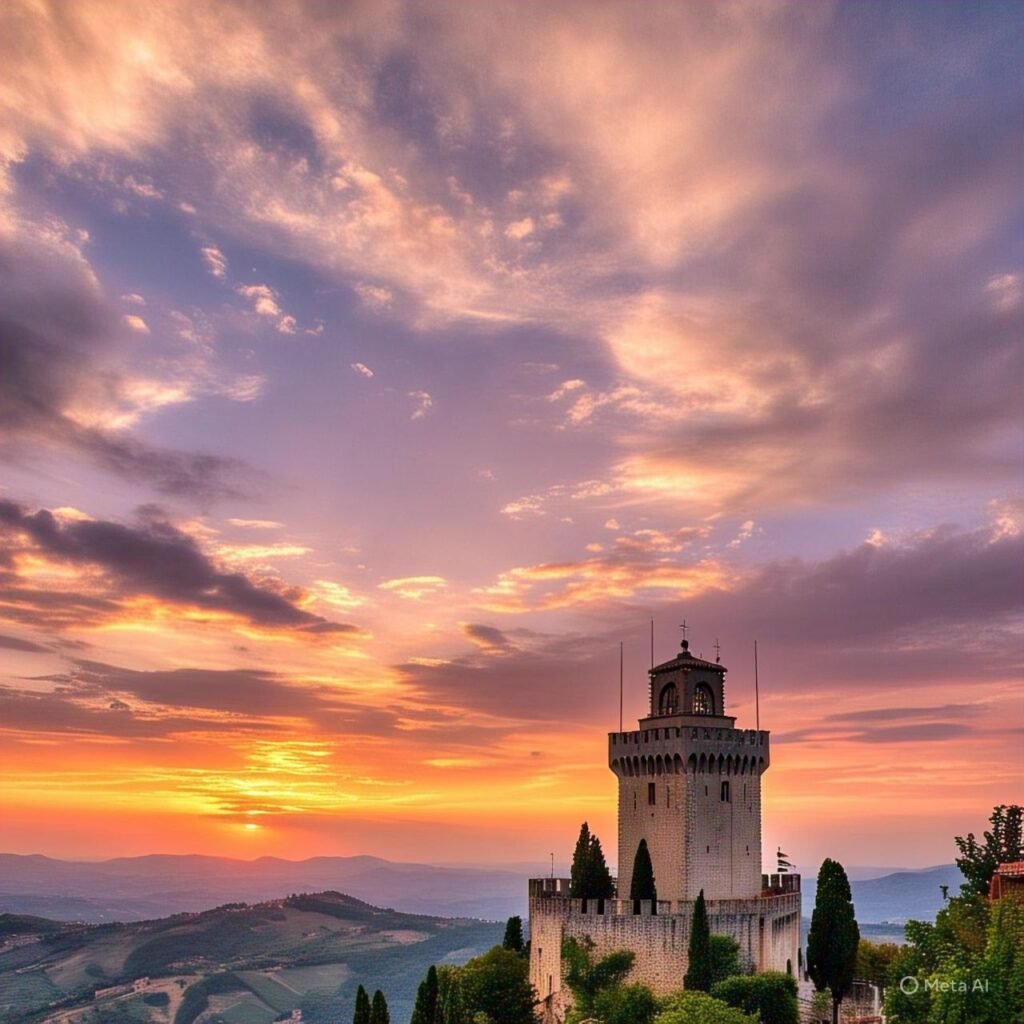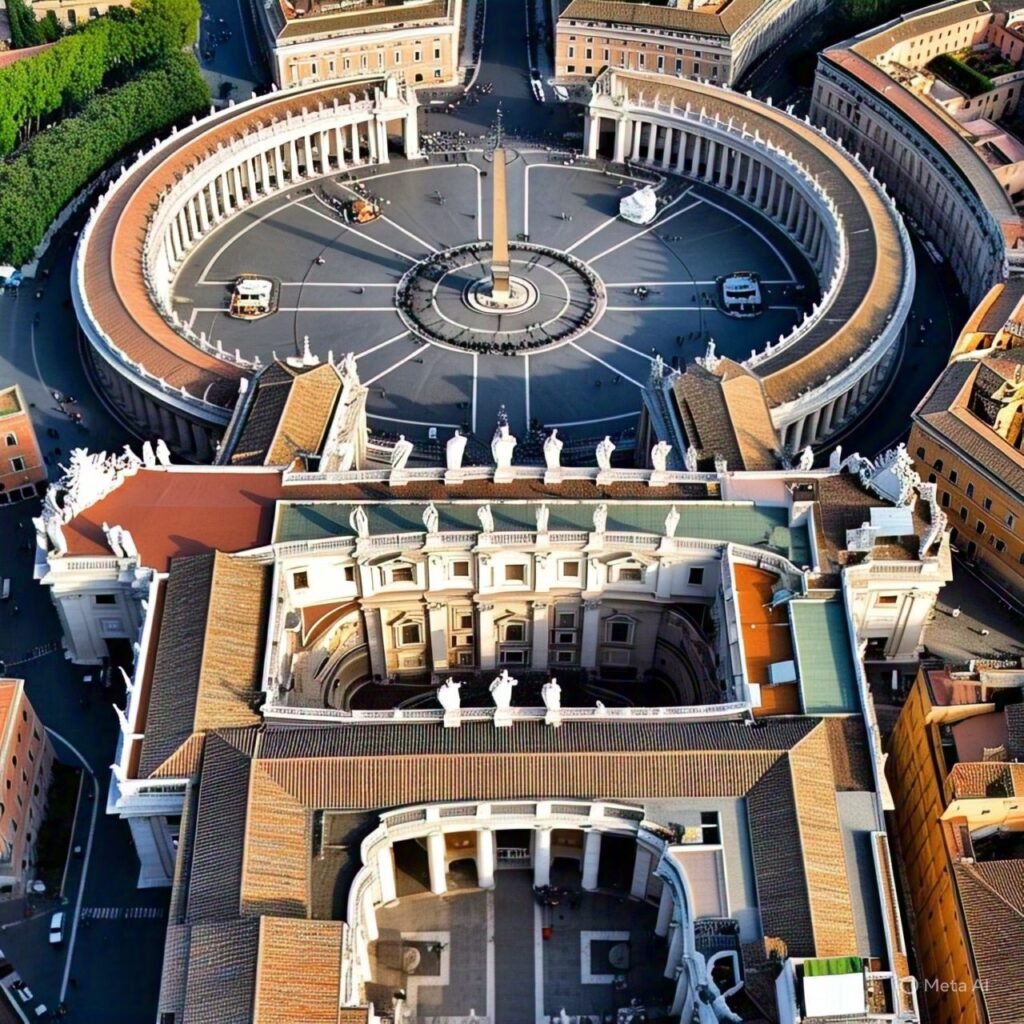
Adventures can take many different forms, and as the tiniest countries in Europe demonstrate, size isn’t always a sign of superiority. There are half a dozen micronations spread out over the continent, and each one has something unique to offer travelers of all stripes.
The tiniest nation in the world, Vatican City, is most likely the first thing that comes to mind when you think of micro countries in Europe. In actuality, though, the Vatican is just one of several European micro-nations to explore. Many of these locations are readily paired with visits to their neighboring countries, allowing you to visit some of Europe’s lesser-known cities and quadruple your country count in a single vacation.
These microstates demonstrate that quality is more important than number, whether you’re hitting the slopes in Andorra in the winter, relaxing on the beaches of Malta in the summer, or being astounded by the distinctive features of San Marino, where the entire old center is UNESCO-listed.
6. Andorra

The only European micro-country I haven’t been to yet is the sixth-smallest one, but it’s a true hidden treasure.
Due to the nearby Spanish territory of Catalunya, the country, which is situated between France and Spain among the Pyrenees Mountain Range, has Catalan as its official language instead of French or Spanish.
Although it is primarily recognized as a winter destination in Europe because of its alpine mountains and excellent skiing conditions (it is home to the continent’s highest altitude capital), its stunning mountains, well-known boutiques (and frequently duty-free shopping), and combination of health food and thermal spas make it a stunning destination all year round.
The easiest way to get there from Spain without a car is to fly into Barcelona or Girona, two of Spain’s greatest cities. However, since it’s not a simple day excursion, you should probably stay here for at least one night rather than just hurrying through it to “cross it off your list.”
5. The Liechtenstein
Although Liechtenstein is not a member of the European Union, like many of the European Union’s micronations, it is a part of the Schengen region, which allows for free movement across borders. This makes it a convenient side trip from Zurich by train and bus, which is covered by the Schengen Visa. Liechtenstein, which is surrounded by Austria and Switzerland, is actually very accessible; in fact, I just happened to get myself there by chance.
I took a train to see some of the nation’s famous scenery after a city break in Zurich. When the train came to a halt with a bus to another country advertised, I knew I had to get off and make a day excursion to this principality!
Under the watchful eye of the 12th-century royal palace, Vaduz Castle, the bus swiftly transports you to the capital, Vaduz, which is situated along the Rhine River and has bicycle-friendly lanes surrounded by mountains and greenery. A visit to the city’s museum of modern art is also highly recommended.
However, like its neighbors, Liechtenstein’s natural beauty is mostly found in its vineyards, castles, and majestic mountains. Although Vaduz is a simple day excursion, you will need to stay longer to really experience the natural wonders of the region.
In the summer, the 75-kilometer journey along the relatively new Liechtenstein Trail will show you all the country’s wonders; nevertheless, in the winter, skiing is the major attraction. Well-marked hiking and bicycle trails abound, and the crisp mountain air is the ideal diversion from Zurich’s urban setting.
Would you like a special passport stamp to carry with you? The tourism information center has one for sale.
4. Malta

With seven stunning islands spread throughout its archipelago and a comparatively large population for its size, Malta may be an unexpected candidate for a spot on the list of European microcountries. In fact, many people are unaware that Malta is even a micro-state.
Unlike several of the countries on the list, Malta has been a proud republic since 1974 and is a member of the European Union. Even though Ireland separated from the United Kingdom about 60 years ago, I was amazed to see how British it still seemed when I went there, in part because of the large number of British immigrants and the packed party bars in St. Julien.
Nevertheless, it’s a great nation to visit, full of history, served in bite-sized bits, if you can escape the summer’s nightclub-heavy streets.
Malta’s capital, Valletta, is so compact that you can walk around it in a few hours, but the walled city is a true architectural and museum treasure. Don’t miss the elaborate Grandmasters Palace and the Upper Barrakka Gardens, which are a lovely blend of blooming flowers and architectural arches surrounded by a battery. It is not to be missed to take a side excursion to Mdina, the island’s medieval capital; arrive early to take in the history of the fortifications and the peaceful streets free of visitors.
But my favorite spot was Gozo, Malta’s second island, which is easily reached by ferry. When I stayed at Xlendi Bay, I adored the relaxed atmosphere. Despite the tragic collapse of the well-known Azure Window landmark a few years ago, the stunning rock formations and glittering shoreline make it one of Europe’s top beach attractions. Regarded as the most gay-friendly destination in Europe, Malta is one of the most tolerant and open nations on the continent and may provide the greatest diversity of any micro-country on this list.
3. Monaco

Monaco is a little country on the French south coast, but it doesn’t hold back when it comes to its claims to fame. It’s undoubtedly a destination for those with large wallets and the ideal addition to a weekend in France, from the Formula One race that takes place throughout the city itself (you may notice the markings on the roads when you visit) to the famous Monte Carlo Casino and harbor full of luxury yachts.
Nevertheless, I didn’t find Monaco to be all that impressive, and there aren’t many tourist activities here for a long vacation. Nonetheless, you can easily pack a day trip with activities like viewing the stately Palais du Prince, exploring the gardens and imposing Cathedral, or just indulging in upscale eating and a little gambling.
Monaco is the one tiny nation I wouldn’t rush to suggest spending an entire vacation in, but it’s a great addition to a trip to the French Riviera because there are frequent train connections from places like Nice and Cannes.
2. The island of San Marino

The small country of San Marino is surrounded by Italy, which borders the stunning regions of Emilia Romagna and Marche. The renowned old city of San Marino is located on Mount Titano. There are many intriguing peculiarities in the fifth-smallest nation in the world and the second-smallest in Europe.
Some of the facts about San Marino, the world’s oldest sovereign state and republic, captivated me. For starters, it uses the Euro and has some of its own imprinted coins, although it is not a member of the EU. Additionally, it employs two calendars: the standard international calendar and the local calendar, which is based on the dates of the republic’s founding. Additionally, they have two presidents at any given time, each of whom serves a six-month term.
Beyond these distinctive features that define the micro-country and the rather strange and diverse array of museums, the old city’s location atop the mountain is fantastic, providing breathtaking views of San Marino and Italy’s hidden treasures, particularly from the three towers that serve as national symbols.
San Marino is definitely accessible from Bologna by day trip, but I would strongly advise spending the night there as part of a long weekend in Bologna or a trip to the Emilia Romagna Riviera to enjoy the magic of the sunset and the streets becoming almost deserted in the morning without day visitors.
1. The city of Vatican

Italy is also home to the smallest nation in Europe, if not the entire world. The Pope, of course, resides in the Apostolic Palace in the Vatican City State, which is less than 0.2 square miles in size. There are less than 1,000 people living in Vatican City, and in order to access, you must purchase and reserve your Vatican tickets, preferably in advance.
It’s likely that you’ll want to visit the Vatican if you’re ever in the area of Rome, but be advised that purchasing tickets in advance will make the procedure much simpler. As a tourist, you will want to enter the city by the east gate for St. Peter’s Basilica and the north entry for the Museum.
The Vatican is a walled city, so you can’t just stop by to hang out. However, a tour of the museum’s magnificent artwork and architecture is worth seeing. containing an amazing variety of frescoes and artifacts, but the main draw for many is the Sistine Chapel’s famed Michelangelo ceiling painting.